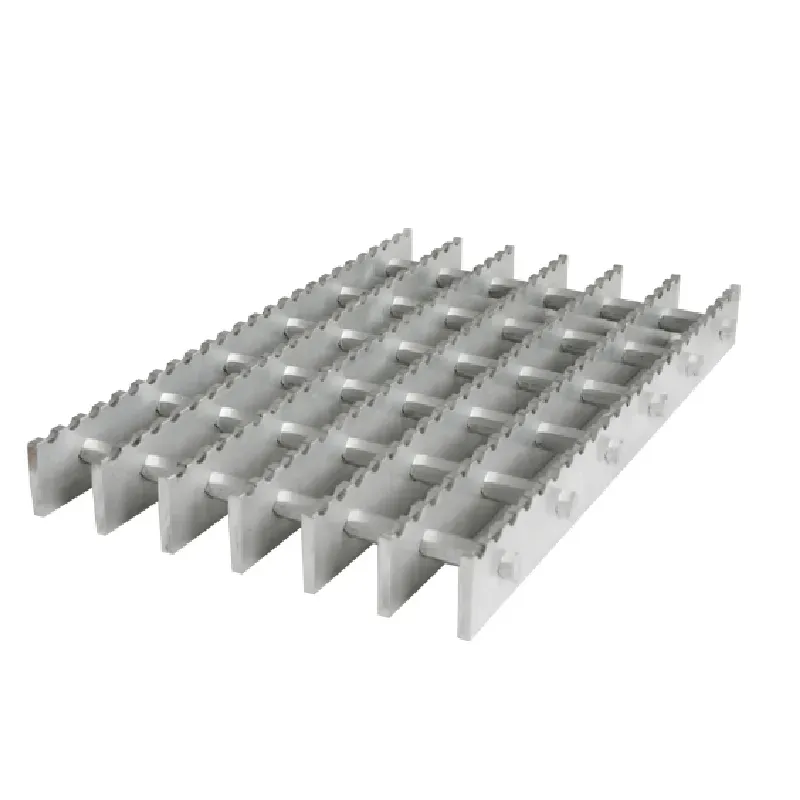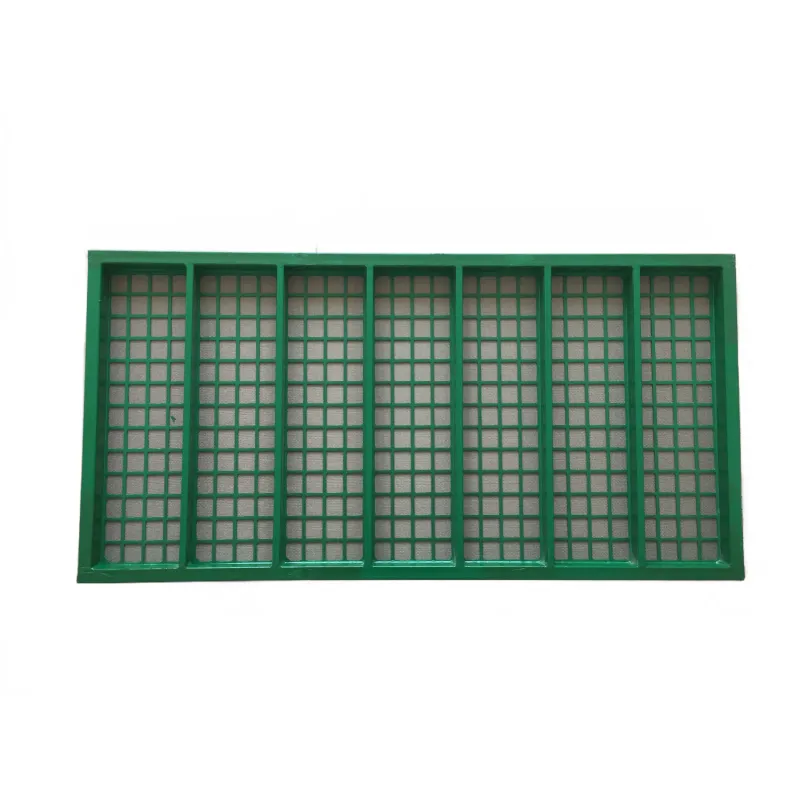- Industrial zone, South of Anping Town, Hengshui, Hebei, China.
- sales@hfpetromesh.com
- +86-18931809706
 Afrikaans
Afrikaans  Albanian
Albanian  Amharic
Amharic  Arabic
Arabic  Armenian
Armenian  Azerbaijani
Azerbaijani  Basque
Basque  Belarusian
Belarusian  Bengali
Bengali  Bosnian
Bosnian  Bulgarian
Bulgarian  Catalan
Catalan  Cebuano
Cebuano  Corsican
Corsican  Croatian
Croatian  Czech
Czech  Danish
Danish  Dutch
Dutch  English
English  Esperanto
Esperanto  Estonian
Estonian  Finnish
Finnish  French
French  Frisian
Frisian  Galician
Galician  Georgian
Georgian  German
German  Greek
Greek  Gujarati
Gujarati  Haitian Creole
Haitian Creole  hausa
hausa  hawaiian
hawaiian  Hebrew
Hebrew  Hindi
Hindi  Miao
Miao  Hungarian
Hungarian  Icelandic
Icelandic  igbo
igbo  Indonesian
Indonesian  irish
irish  Italian
Italian  Japanese
Japanese  Javanese
Javanese  Kannada
Kannada  kazakh
kazakh  Khmer
Khmer  Rwandese
Rwandese  Korean
Korean  Kurdish
Kurdish  Kyrgyz
Kyrgyz  Lao
Lao  Latin
Latin  Latvian
Latvian  Lithuanian
Lithuanian  Luxembourgish
Luxembourgish  Macedonian
Macedonian  Malgashi
Malgashi  Malay
Malay  Malayalam
Malayalam  Maltese
Maltese  Maori
Maori  Marathi
Marathi  Mongolian
Mongolian  Myanmar
Myanmar  Nepali
Nepali  Norwegian
Norwegian  Norwegian
Norwegian  Occitan
Occitan  Pashto
Pashto  Persian
Persian  Polish
Polish  Portuguese
Portuguese  Punjabi
Punjabi  Romanian
Romanian  Russian
Russian  Samoan
Samoan  Scottish Gaelic
Scottish Gaelic  Serbian
Serbian  Sesotho
Sesotho  Shona
Shona  Sindhi
Sindhi  Sinhala
Sinhala  Slovak
Slovak  Slovenian
Slovenian  Somali
Somali  Spanish
Spanish  Sundanese
Sundanese  Swahili
Swahili  Swedish
Swedish  Tagalog
Tagalog  Tajik
Tajik  Tamil
Tamil  Tatar
Tatar  Telugu
Telugu  Thai
Thai  Turkish
Turkish  Turkmen
Turkmen  Ukrainian
Ukrainian  Urdu
Urdu  Uighur
Uighur  Uzbek
Uzbek  Vietnamese
Vietnamese  Welsh
Welsh  Bantu
Bantu  Yiddish
Yiddish  Yoruba
Yoruba  Zulu
Zulu
- Afrikaans
- Albanian
- Amharic
- Arabic
- Armenian
- Azerbaijani
- Basque
- Belarusian
- Bengali
- Bosnian
- Bulgarian
- Catalan
- Cebuano
- Corsican
- Croatian
- Czech
- Danish
- Dutch
- English
- Esperanto
- Estonian
- Finnish
- French
- Frisian
- Galician
- Georgian
- German
- Greek
- Gujarati
- Haitian Creole
- hausa
- hawaiian
- Hebrew
- Hindi
- Miao
- Hungarian
- Icelandic
- igbo
- Indonesian
- irish
- Italian
- Japanese
- Javanese
- Kannada
- kazakh
- Khmer
- Rwandese
- Korean
- Kurdish
- Kyrgyz
- Lao
- Latin
- Latvian
- Lithuanian
- Luxembourgish
- Macedonian
- Malgashi
- Malay
- Malayalam
- Maltese
- Maori
- Marathi
- Mongolian
- Myanmar
- Nepali
- Norwegian
- Norwegian
- Occitan
- Pashto
- Persian
- Polish
- Portuguese
- Punjabi
- Romanian
- Russian
- Samoan
- Scottish Gaelic
- Serbian
- Sesotho
- Shona
- Sindhi
- Sinhala
- Slovak
- Slovenian
- Somali
- Spanish
- Sundanese
- Swahili
- Swedish
- Tagalog
- Tajik
- Tamil
- Tatar
- Telugu
- Thai
- Turkish
- Turkmen
- Ukrainian
- Urdu
- Uighur
- Uzbek
- Vietnamese
- Welsh
- Bantu
- Yiddish
- Yoruba
- Zulu
Feb . 15, 2025 16:21
Back to list
Rope Perimeter Safety Netting
Trench drain covers are pivotal components in modern drainage systems, playing a crucial role in both residential and commercial settings. Their design and functionality have been refined over the years to meet the specific demands of various environments. With numerous options available today, it's essential to understand the nuances of trench drain covers to ensure optimal performance and longevity.
Installation and maintenance are key aspects of trench drain systems that directly impact their performance and longevity. Proper installation ensures that the drain cover is secure and functions as intended, preventing potential hazards such as displacement or collapse under load. Regular maintenance, including cleaning and inspections, helps in identifying early signs of wear or damage, thereby avoiding costly repairs or replacements. Incorporating an efficient filtration system alongside trench drain covers can further enhance drainage performance. Filters help to trap debris, preventing blockages in the drainage channel and maintaining optimal water flow. This is particularly crucial in areas prone to leaf fall or where the drainage system is integral to managing stormwater. The choice of trench drain covers significantly impacts environmental and safety outcomes as well. By selecting materials and designs that align with sustainable practices, property owners and project managers contribute to environmental conservation efforts. Many manufacturers now offer recycled material options or covers produced through energy-efficient processes, which align with modern sustainability goals. When considering trench drain covers, consulting with professionals who have extensive experience in drainage systems is advisable. They provide valuable insights into specific material advantages, durability under different conditions, and compliance with local building codes and standards. Expertise in this niche not only assures the quality of the installation but also enhances the overall functionality and safety of the drainage system. In conclusion, trench drain covers are more than just safety features; they are integral to functional and sustainable infrastructure design. By understanding their types, applications, and maintenance requirements, stakeholders can make informed decisions that ensure the longevity and efficiency of their drainage systems. Whether in heavy industrial settings or lush garden landscapes, the right trench drain cover facilitates efficient water management while maintaining the integrity and safety of the surrounding environment.


Installation and maintenance are key aspects of trench drain systems that directly impact their performance and longevity. Proper installation ensures that the drain cover is secure and functions as intended, preventing potential hazards such as displacement or collapse under load. Regular maintenance, including cleaning and inspections, helps in identifying early signs of wear or damage, thereby avoiding costly repairs or replacements. Incorporating an efficient filtration system alongside trench drain covers can further enhance drainage performance. Filters help to trap debris, preventing blockages in the drainage channel and maintaining optimal water flow. This is particularly crucial in areas prone to leaf fall or where the drainage system is integral to managing stormwater. The choice of trench drain covers significantly impacts environmental and safety outcomes as well. By selecting materials and designs that align with sustainable practices, property owners and project managers contribute to environmental conservation efforts. Many manufacturers now offer recycled material options or covers produced through energy-efficient processes, which align with modern sustainability goals. When considering trench drain covers, consulting with professionals who have extensive experience in drainage systems is advisable. They provide valuable insights into specific material advantages, durability under different conditions, and compliance with local building codes and standards. Expertise in this niche not only assures the quality of the installation but also enhances the overall functionality and safety of the drainage system. In conclusion, trench drain covers are more than just safety features; they are integral to functional and sustainable infrastructure design. By understanding their types, applications, and maintenance requirements, stakeholders can make informed decisions that ensure the longevity and efficiency of their drainage systems. Whether in heavy industrial settings or lush garden landscapes, the right trench drain cover facilitates efficient water management while maintaining the integrity and safety of the surrounding environment.
Share
Prev:
Latest news
-
Welded Steel Bar Grating: The Rugged Industrial Flooring Solution Built for Load and LongevityNewsJun.24,2025
-
Steel Walkway Grating: Reliable, Resilient, and Built for Every StepNewsJun.24,2025
-
Shale Shaker Screen for Sale: Optimize Drilling Efficiency with Precision Screening PowerNewsJun.24,2025
-
Shaker Screen for Sale: Elevate Your Drilling Efficiency with Durable Separation SolutionsNewsJun.24,2025
-
Press Locked Steel Grating: Industrial Strength with Precision Fit for Heavy-Duty ApplicationsNewsJun.24,2025
-
Perimeter Safety Netting: The Critical Safety Upgrade for Every HelipadNewsJun.24,2025